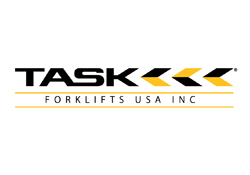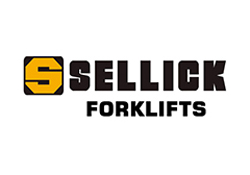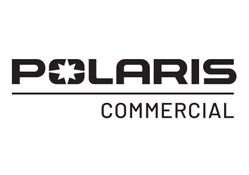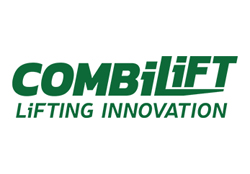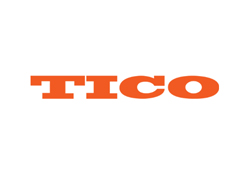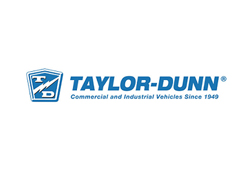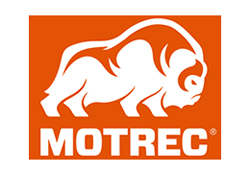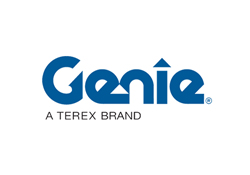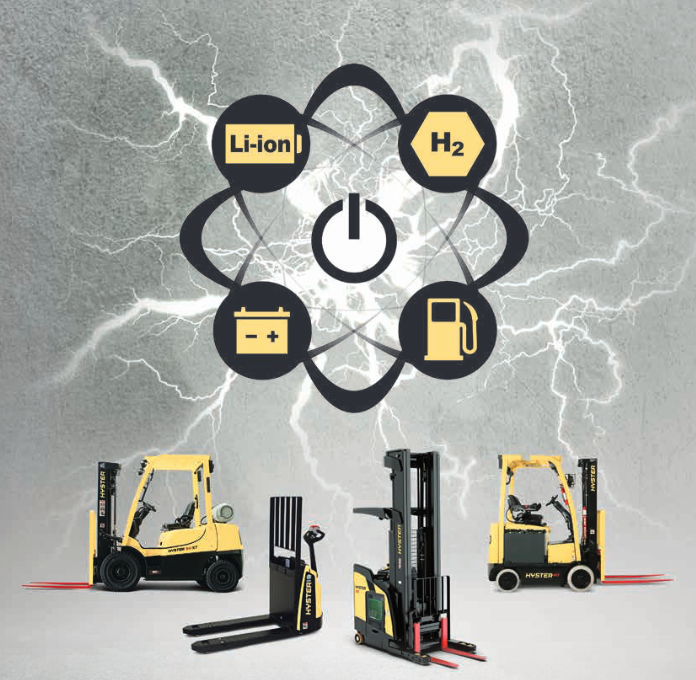
7 Factors to consider when choosing your ideal power source
Forklifts have more power source options today than ever. With so many choices available, it’s a perfect time to reconsider if you are using the right ones. A well-matched power source can have significant impact on many aspects of operations, including higher productivity and lower operating costs. It’s worth your time to re-evaluate today’s power options to ensure you’re getting the most from your forklifts. So let’s pick your power!
Choosing the right power source involves gathering information on several aspects of your operations. When evaluating different forms of motive power, consider these factors:
1. TOTAL OPERATING TIME
The number of shifts in your operation and the travel distance of your lift trucks have a big impact on which power sources are best. A single-shift or light-duty application may not require as much demand from your truck as a 24/7 heavy-duty environment. How long do you need your forklifts to run before they run out of power? Hydrogen fueling, lithium-ion and lead-acid battery charging and LP tank replacements each have their own time requirements that may or may not impact critical downtime.
2. MAINTENANCE COSTS
Regardless of power source, all forklifts have some level of planned and unplanned maintenance. Depending on the application, a lift truck may need maintenance on a weekly, monthly, or quarterly basis. However, some power sources have higher maintenance requirements than others. In fact, 80 percent of a forklift’s total cost is after the initial capital equipment investment. What is your tolerance for maintenance costs and related downtime? Determine if you can afford to have a forklift down for regular service (such as wearable parts replacements, oil changes, balancing and cleaning), or if you need to keep your trucks running all day at the lowest possible operating cost.
3. OPERATING TEMPERATURES
Some power sources are rated to handle refrigerated and frozen applications or high-temperature environments. Other power options are rated for smaller ranges of moderate temperature ratings. Once a power source is running outside of its rated temperature, performance will decrease significantly and can eventually cause damage to the forklift. Consider your operating temperatures now and in the future. Will your forklifts operate in consistent temperatures, or do they need a wider temperature range to handle varied environments?
4. AVAILABLE SPACE
While some power sources require space for storage and maintenance, other power sources need very little space for activities like refueling. How much facility space do you have available to support your forklift power sources? By calculating your cost per square foot and determining whether you can be using more of that space for revenue-generating activities, you can see what your power source space is really costing you.
5. OPERATOR INVOLVEMENT
Operators have a significant impact on forklift efficiency. Do you have well-trained operators and an environment of good charging habits, or do you have undisciplined works with inconsistent charging habits? A power source that is not charged optimally can cause inefficiency. In some cases, forklifts have noticeably lower performance once a power source charge drops below 50 percent. Processes such as charging, watering, and equalizing rely on operators to follow a consistent schedule.
6. ELECTRIC GRID DEPENDENCE
Forklift power sources have varying levels of electrical dependence, so it’s important to consider the dependability of the electric grid in your area. More developed areas with weak grids can experience brownouts that slow down operations. If more power is needed to support forklifts, it may require expensive upgrades. Plus, it’s important to look at your cost per kilowatt hour and peak overage rates when determining the total cost to use an electric-dependent power source.
7. HARMFUL EMISSIONS
In the case of outdoor applications or large, open facilities with great ventilation, emissions, and other combustion biproducts may not be a problem. But clean environments like those in the food and medical industries have strict emissions requirements to avoid contamination. Based on local regulations or corporate sustainability mandates, it’s important to know what emissions level is allowable in your facility. Look for state and local government programs that may provide incentives to switch to no-emission equipment.
A well-suited power source will help optimize your forklift’s potential by maximizing productivity, minimizing operator involvement, reducing maintenance costs, and eliminating unplanned downtime. With the assistance of a Gregory Poole equipment specialists, you can address the complexities of today’s power needs and implement your ideal power source.
